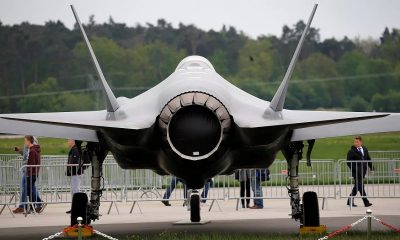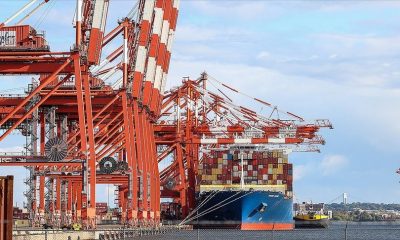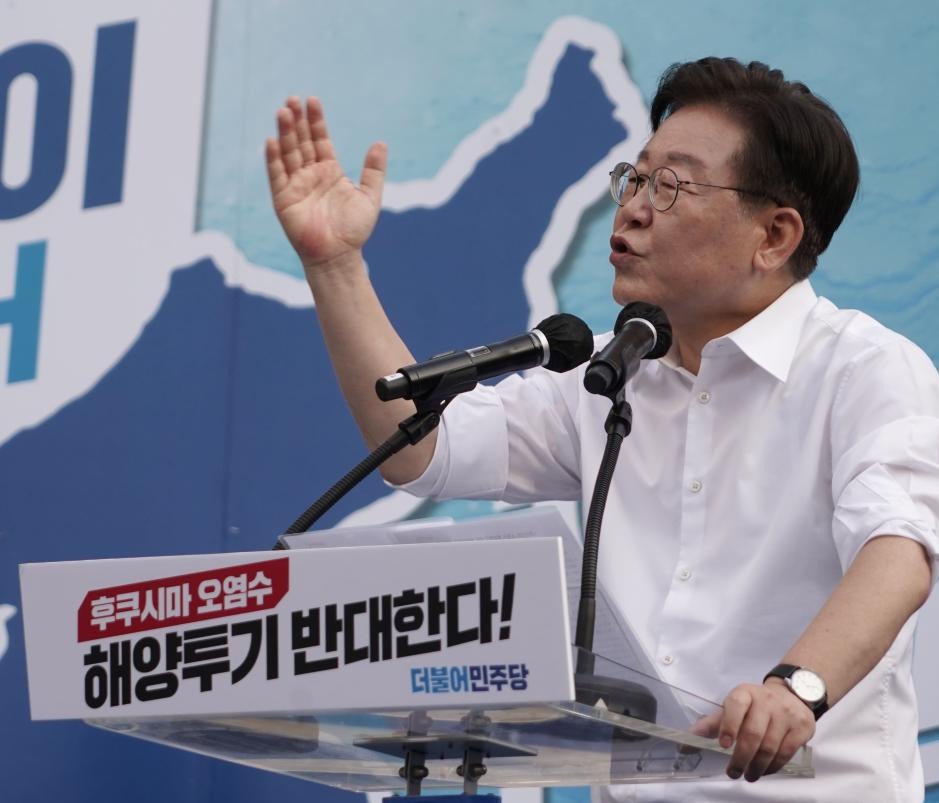Afghanistan’s desire for regional integration has further improved after the first freight train to traverse a new freight line departed China toward Afghanistan.
The train departed from Lanzhou, capital of northwest China’s Gansu province last week and headed for Hairatan in Afghanistan. The freight train is now making the launch of a new cargo route between the two neighboring countries, where the experts extolled the move and labeled it key for boosting the fragile economy of Afghanistan.
The 3,125km route uses both railways and roads and passes through Kyrgyzstan and Uzbekistan until it reaches the Afghan border town of Hairatan.
State news agency Xinhua reported that the first train to leave Lanzhou was carrying $1.5 million of freight, including car parts, furniture, machinery and equipment from Gansu province and other places.
“We hope to normalize the route for Sino-Afghanistan express service and aim to run four times a month,” Li Wei, a marketing manager from New Land-Sea Corridor Operation Co, one of the main firms involved in the shipment, told Xinhua.
China making efforts to improve Afghanistan’s economy
China has been helping Afghanistan in the last over two decades in different fields and Beijing did not stop its cooperation after the takeover of Afghanistan by the Taliban. In August 15 2021, the US troops hastily withdrew from Afghanistan that resulted in the collapse of the former republic government.
However, the regime change also resulted in a cut in a number of routes into the country and most freight and traffic goes via Pakistan right now. Several embassies suspended its activities and many more closed its doors and froze cooperation with the new government under the Taliban leadership. But few embassies, including the Chinese embassy had remained active in Afghanistan and also intensified business engagement with the new government in Afghanistan aimed at bolstering up its economy.
China also invested in several other projects, including the start of the air corridor by shipping pine nuts from Afghanistan to help boost its economy.
“We expect more from China. These projects are important to improve the economy, but it’s not enough. As our neighbor, we expect more business engagement from China,” an Afghan economic pundit, Jawad Naqashbandi said.
Speaking to Harici he said that Beijing can do much more, and this land route is a good start. “If China really wants to help improve the economy, it needs to invest in the extraction of natural resources of Afghanistan which is estimated around three billion dollars,” he added.
Another investment in medical area
In another development, a Chinese company named TNA said it will invest $10m in Afghanistan’s pharmaceutical sector.
The National and Drug Authority (AFDS) said that TNA announced its willingness to donate $10 million for the construction of a pharmaceutical factory in Afghanistan.
Mohammad Javid Hazheer, a spokesman for NFDA said that the executive director of TNA during his meeting with the Deputy Minister of Food and Drug Authority has shown interest in investing $10 million in a pharmaceutical factory.
During the meeting, the executive director had asked for land to start the construction of the pharmaceutical factory. He also demanded security during the construction process.
Furthermore, in June another Chinese company named Snow Pharma executed an investment of $50 million in the southern province of Kandahar.
The company will produce tablets, capsules and Syrups in Kandahar and it will have the capacity to create 5.6 million pills, 2 million capsules, and 60,000 bottles of syrup within a single eight-hour shift.
Afghanistan’s Drug Manufacturing Companies Union praised the Chinese company for investing in medical areas, and said the level of medical treatment in the country will improve by producing tablets inside the country.
$300 million invested in pharmaceutical manufacturing sector
There has already been more than $300 million invested in Afghanistan’s pharmaceutical manufacturing sector.
Meanwhile, Afghan Mines and Petroleum Minister, Sheikh Shahabuddin Delawar held a meeting with Turkish investors, in which they expressed readiness to invest in Afghanistan’s mineral resources and assured that the investment and processing of Afghanistan’s minerals will make Afghanistan a challenge.
Thanking the Turkish investors for their interest in Afghanistan’s mines, Delawar had promised to cooperate with them by Afghanistan’s mining laws, according to Bakhtar news agency.
Both sides also discussed the economic and basic programs of these ministries, such as the extraction and management of mineral resources and the production of Afghanistan’s agricultural products.
Boosting connectivity between China and Afghanistan
Indeed, with the new route, trade connectivity between China and Afghanistan will further improve. The train route not only boosts connectivity between Beijing and Kabul but also the Central Asian countries.
The train which departed China on 5th of July will take at least 15 days to reach Hairatan, which is much faster compared to other seas and air routes. This will also cost less.
The second important point is that the new land route with China will also diversify Afghanistan’s export markets and reduce its dependence on Pakistan’s ports. It has been reported that China is Afghanistan’s largest trading partner and source of foreign investment.
China’s launch of the cargo train to Afghanistan comes amid Taliban’s claim of fully maintaining security across the country since the withdrawal of US troops.
Afghanistan is part of BRI
Though China did not recognize the Taliban government, it always stressed that Afghanistan is an important country for its Belt and Road Initiative (BRI), a multi-billion transcontinental infrastructure initiative.
The new land route could also be taken as part of the BRI project.
The Taliban had recently said that China is interested in investing in Afghanistan’s oil and gas industries. Afghanistan is rich in gas and oil and the Taliban expected China to help extract them to improve the economy situation of the country.
In January, the Taliban signed an agreement with a Chinese firm to extract oil from the Amu Darya basin and both sides signed the agreement at a ceremony attended by high-ranking officials from the two countries.
Afghanistan’s acting mines and petroleum minister Shahabuddin Delawar during the signing ceremony held in Kabul said that during the initial three-year period, more than $540 million will be invested in exploration.
China has reportedly invested around $2 billion in Afghanistan after the fall of the previous government, according to the Afghan Ministry of Industry and Commerce.

 EUROPE4 days ago
EUROPE4 days ago
 EUROPE1 week ago
EUROPE1 week ago
 ASIA2 weeks ago
ASIA2 weeks ago
 EUROPE1 week ago
EUROPE1 week ago
 AMERICA1 week ago
AMERICA1 week ago
 DIPLOMACY5 days ago
DIPLOMACY5 days ago
 DIPLOMACY2 weeks ago
DIPLOMACY2 weeks ago
 RUSSIA2 weeks ago
RUSSIA2 weeks ago





















